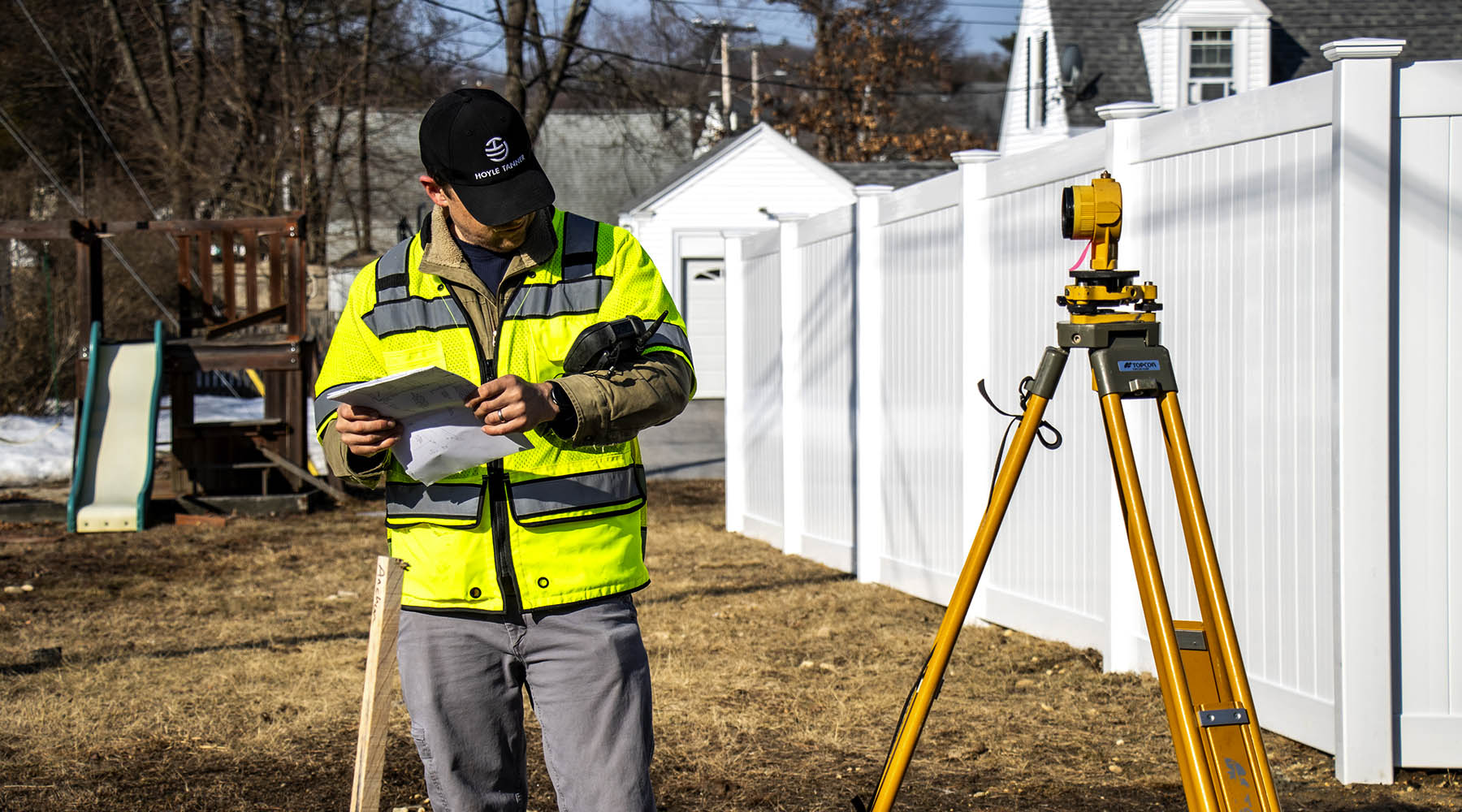In an era where urbanization and technological advancements are rapidly transforming the way we live, ensuring pedestrian safety has become a vital concern. The advent of artificial intelligence (AI) has brought about revolutionary changes across various sectors, and pedestrian safety is no exception. By harnessing the power of AI, cities and tech companies are developing innovative solutions to make streets safer for everyone. How is AI reshaping pedestrian safety and paving the way for smarter, safer cities?
Smart Traffic Management Systems
One of the most significant applications of AI in pedestrian safety is the development of smart traffic management systems. These systems leverage AI algorithms to analyze real-time data from traffic cameras, sensors, and connected devices. By understanding traffic patterns and pedestrian movements, AI can optimize traffic signals, reduce congestion, and enhance pedestrian crossing times. For instance, in many cities, AI-driven traffic lights can adjust their timings based on the volume of pedestrians and vehicles. If a large group of people is waiting to cross the street, the system can prioritize their safety by extending the walk signal duration. This not only improves pedestrian safety but also enhances overall traffic flow efficiency.
Autonomous Vehicles with Pedestrian Detection
The rise of autonomous vehicles (AVs) has brought new challenges and opportunities for pedestrian safety. AVs are equipped with an array of sensors and AI-powered systems designed to detect and respond to pedestrians. These systems use computer vision and machine learning algorithms to identify pedestrians, predict their movements, and make split-second decisions to avoid collisions.
Advanced AI models can differentiate between various types of pedestrians, such as children, adults, and individuals with disabilities, and adjust their driving behavior accordingly. This level of precision is crucial for ensuring that AVs can operate safely in complex urban environments where human unpredictability is a significant factor.
Predictive Analytics for Accident Prevention
Predictive analytics is a powerful tool in the AI arsenal for pedestrian safety. By analyzing historical data on traffic accidents, weather conditions, and pedestrian behavior, AI can identify high-risk areas and times for pedestrian accidents. City planners and traffic authorities can then use this information to implement targeted safety measures, such as installing additional crosswalks, improving street lighting, or increasing police patrols in specific areas. Imagine a city where your navigation app alerts you about potential danger zones ahead, allowing you to choose a safer route. This proactive approach can significantly reduce the likelihood of accidents and save lives.
Moreover, AI-powered predictive analytics can be integrated into navigation apps, alerting drivers and pedestrians about potential danger zones. This proactive approach can significantly reduce the likelihood of accidents and save lives.
Enhanced Public Safety through Surveillance
AI-driven surveillance systems are becoming increasingly common in urban areas. These systems use facial recognition, object detection, and behavioral analysis to monitor public spaces and identify potential safety threats. For example, AI can detect unusual pedestrian behavior, such as someone standing too close to the edge of a platform at a train station, and alert authorities to intervene before an accident occurs.
Additionally, AI can analyze footage from surveillance cameras to identify near-miss incidents that might not be reported otherwise. By studying these incidents, city officials can gain valuable insights into pedestrian safety issues and take preventive measures.
Education & Awareness Campaigns
AI is also playing a role in educating the public about pedestrian safety. Virtual reality (VR) and augmented reality (AR) experiences powered by AI are being used to simulate real-life traffic scenarios, helping people understand the dangers and learn how to navigate streets safely. These immersive technologies can be particularly effective in teaching children and teenagers about road safety in an engaging and memorable way.
Conclusion
As AI continues to evolve, its applications in pedestrian safety are expanding and becoming more sophisticated. From smart traffic management systems and autonomous vehicles to predictive analytics and enhanced surveillance, AI is providing innovative solutions to some of the most pressing challenges in urban safety. By integrating AI into our city infrastructures, we are not only making streets safer for pedestrians but also creating smarter, more responsive urban environments. The future of pedestrian safety looks promising with these additional tools.
To ensure we remain current with the rapid pace of these technological advancements, our traffic professionals are diligently monitoring the latest AI developments and actively participating in ongoing learning opportunities.










